-
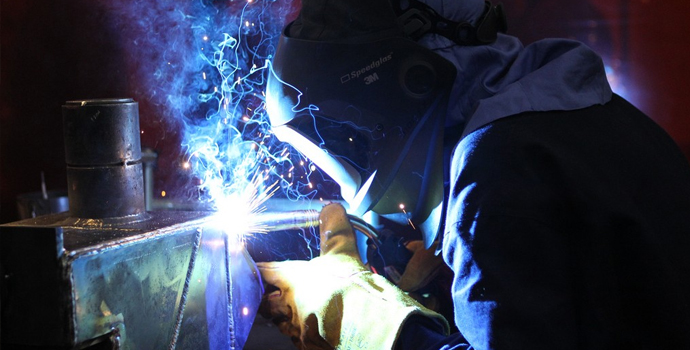 MIG WELDING BASICS
MIG WELDING BASICS
MIG is a type of electric arc welding, which relies on creating an electrical circuit that runs through the objects to be welded together and a welding wire, which acts as an electrode.
read more... -
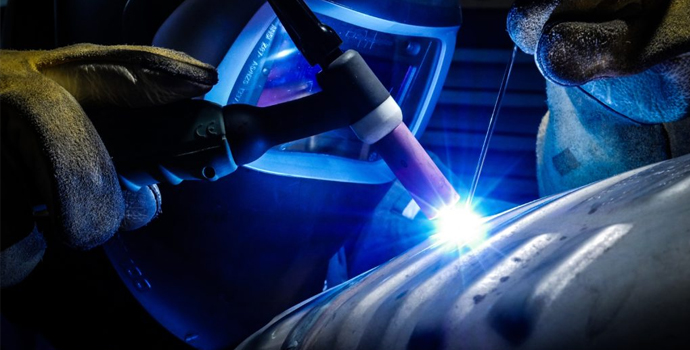 TIG WELDING BASICS
TIG WELDING BASICS
Tungsten Inert Gas (TIG) welding requires more skill and takes longer than MIG welding, but it offers more precision. TIG, also known as gas Tungsten Arc Welding (GTAW), can be used to weld aluminum and alloys.
read more... -
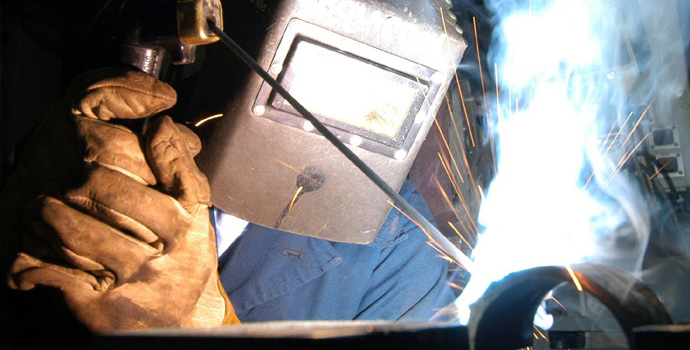 STICK WELDING BASICS
STICK WELDING BASICS
Otherwise known as Shielded Metal Arc Welding (SMAW), stick welding is a two-handed method, like TIG. STICK welding uses a metal filler rod, or stick, coated with flux.
read more... -
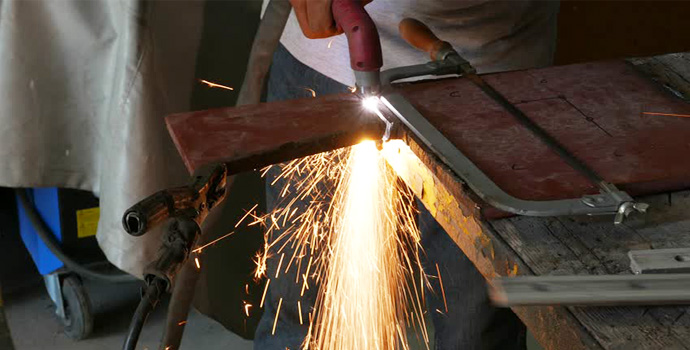 PLASMA CUTTING BASICS
PLASMA CUTTING BASICS
Using a plasma cutter is one of the most efficient ways to cut through metal. Hot plasma is used to cut through electrically conductive materials, such as steel, aluminum, brass and copper.
read more... -
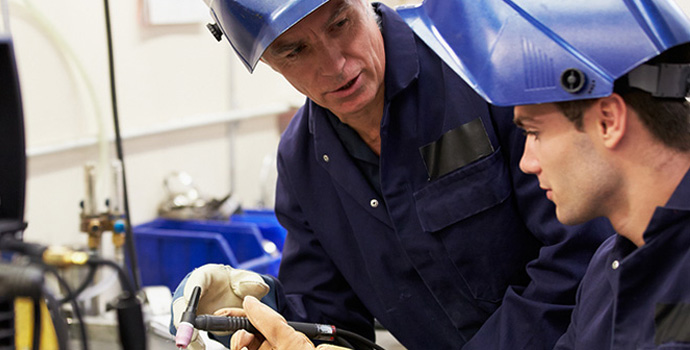 BEGINNER'S GUIDE TO WELDING
BEGINNER'S GUIDE TO WELDING
Welding two pieces of metal together forms a permanent bond in which the metals are heated to a melting point, mixed together and then cooled, creating a single object. This type of bond is stronger than other bonds, such as soldering, which can be reversed.
read more... -
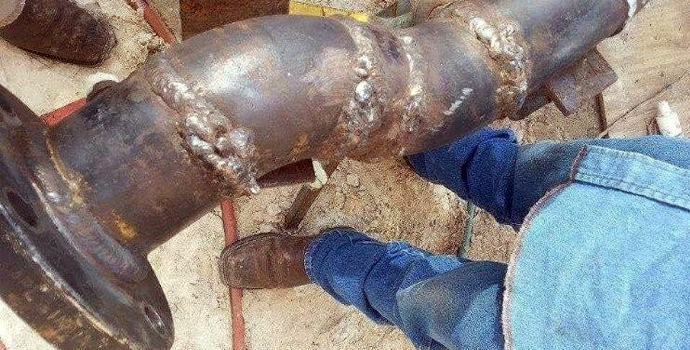 TOP 5 BEGINNER'S MISTAKES
TOP 5 BEGINNER'S MISTAKES
If you are just starting your welding career and learning about welding, you made the right choice to research the most common welding mistakes. This leads us to the question: What are the 5 most common beginner welding mistakes?
read more... -
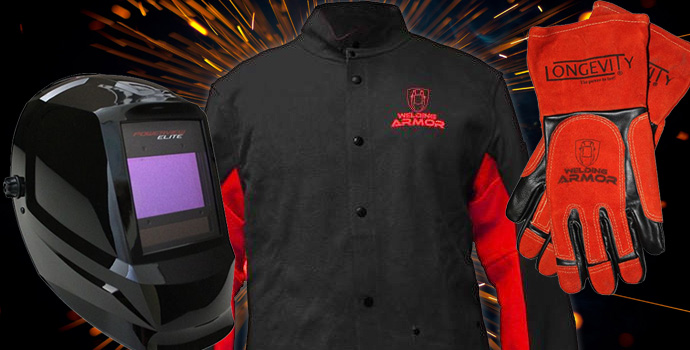 PROTECTIVE EQUIPMENT ESSENTIALS
PROTECTIVE EQUIPMENT ESSENTIALS
Safety is always the highest priority on a welding job site. A worker can always repair a piece of equipment or grind out a bad weld and re-weld a joint. However, a personal injury can be permanent.
read more... -
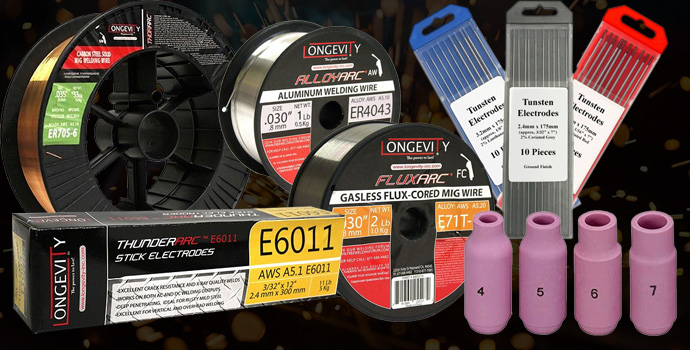 WELDING SUPPLIES
WELDING SUPPLIES
Consumables are the things that get eaten up during the welding process: like electrodes, if stick welding, wire and shielding gas if Mig welding and filler rod and gases if TIG or oxy/acetylene gas welding.
read more...

